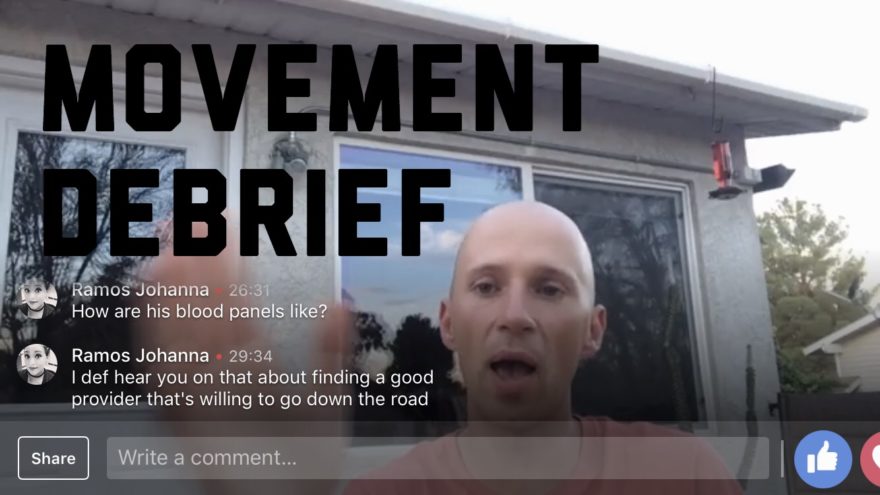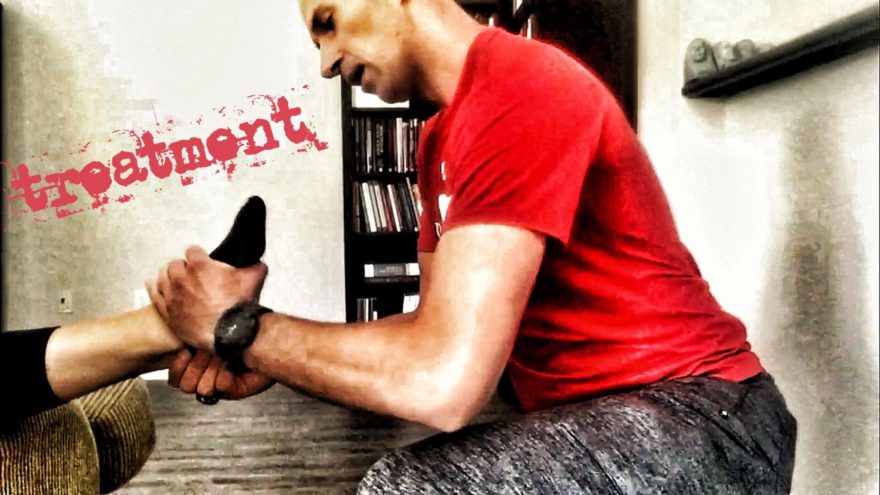Tag: traction

Stress Response, Proximal First, Sensation Loss, and Your Health – Movement Debrief Episode 12
Let me guess, you are devastated you missed last night’s Movement Debrief. You should be. It was by far the…

The Ultimate Guide to Treating Ankle Sprains
A Humdinger No Doubt Ankle sprains. Such a bugger to deal with. Ankle sprains are one of the most common…
